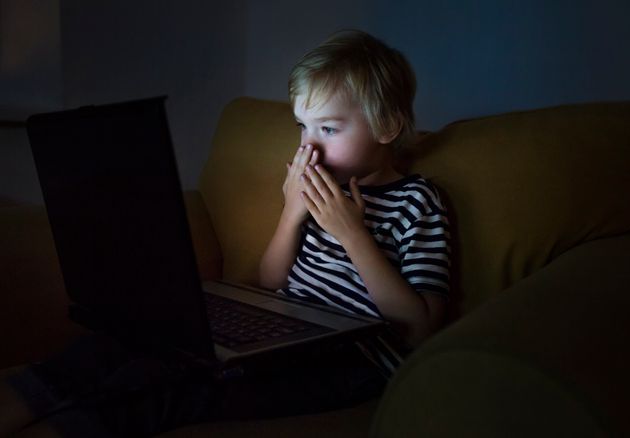
In Britain today, children walk around with the equivalent of a film crew in their pockets.
Their mobile phones allow them to broadcast live to the whole world and invite strangers into their private lives – often straight into their bedrooms.
All over the UK, children are livestreaming their morning routines and dance moves to potentially thousands of strangers who can rate and comment on their broadcasts and send them virtual gifts.
Children often assume they are safe sharing these intimate moments to their friends. They tell us it’s a way of connecting and having fun.
But too often children don’t understand how easy it is for these “private” communications to be seen by adults, including predators who can use this information to groom and harm them and their friends.
New research for Barnardo’s shows that more than half of 12 year olds (57%) and more than a quarter of children aged 10 (28%) have posted live videos on apps and websites.
SnapChat, YouTube, Instagram Stories, Facebook Live, Musical.ly and Live.ly, all purport to exclude under 13s from their services. But our polling of 1,000 10-16 year olds highlights that the controls intended to keep our children safe have proved inadequate.
Worryingly this suggests thousands of younger children may be putting themselves at risk by sharing live videos on sites aimed at older teenagers and adults.
Children may see this as innocent fun but in a Channel 4 News investigation last year researchers found that around half of the streams they viewed contained inappropriate content, directed at girls as young as nine. Children were asked to show or remove their clothing or change into sexy outfits. There were also sexual references to body parts and some children received sexual questions or requests.
Only last week, research by the Internet Watch Foundation revealed children as young as three were being sexually abused through livestreaming.
It’s clear that tech giants are simply not doing enough to keep children safe.
Barnardo’s UK-wide child sexual exploitation services have seen a 38% year-on-year increase in the number of young people they support, and our research indicates nearly half of the children they help have been groomed online, with two thirds of those going on to be sexually abused offline.
So what needs to be done?
This time last year, Theresa May vowed to make the UK the safest place in the world to be online. Last weekend’s announcement by Matt Hancock, the Secretary of State for Digital, Culture, Media and Sport Matt Hancock heralding new laws to make social media safer, is a welcome step, as is the intention to bring industry, charities and the public together to address risks and opportunities in the online world.
However, with potential legislation at least a year away, Barnardo’s is focussed on achieving change here and now for children starting their digital journeys.
The Government’s White Paper must hold companies to account in protecting children. The industry must no longer be allowed to self-regulate and tech giants must be required by law to provide compulsory child safety features, such as verifying users’ ages. Perhaps most importantly, mandatory large fines must be issued to firms that fail to keep children safe.
Any delay to act could put another generation of children in danger online.
There’s no silver bullet in keeping children safe, but regulating the tech industry is vital. Children also need the right information and guidance to make informed decisions, which is why the new statutory Relationships and Sex Education must cover online grooming, sexting and sharing images.
The online world brings fantastic new opportunities but we need the right protections in place so children can take advantage of the benefits, without putting themselves at risk.